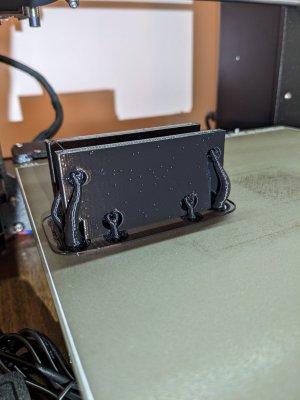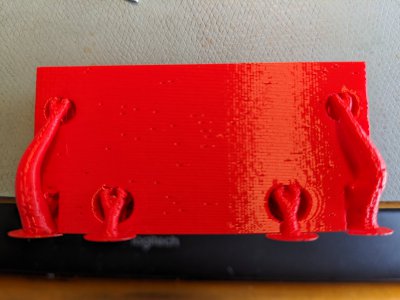Here are some strength values for various filaments. Sourced from:
ultimaker.com
Discover UltiMaker's 3D printing solutions: Desktop 3D printers, software, and materials for streamlined production and unlimited innovation.

ultimaker.com
Juggerbot
Acrylonitrile Styrene Acrylate (ASA) is a synthetic, amorphous thermoplastic that works best in material extrusion printing due to its high weather resistance and high impact features.

juggerbot3d.com
PLA
Tensile Strength: 53-59 MPa
Flexural Strength: 97-101 MPa
ABS
Tensile Strength: 34-36 MPa
Flexural Strength: 60-61 MPa
ASA
Tensile strength 35.0 - 50.5 MPa
Flexural Strength 38.6 - 78.6 MPa
PETG
Tensile Strength: 38-44 MPa
Flexural Strength: 75-79MPa
Nylon
Tensile Strength: 63-65 MPa
Flexural Strength: 63-83 MPa
Polycarbonate
Tensile Strength: 43-65 MPa
Flexural Strength: 89-114 MPa
Polypropylene
Tensile Strength: 10-12 MPa
Flexural Strength: 13-15 MPa




